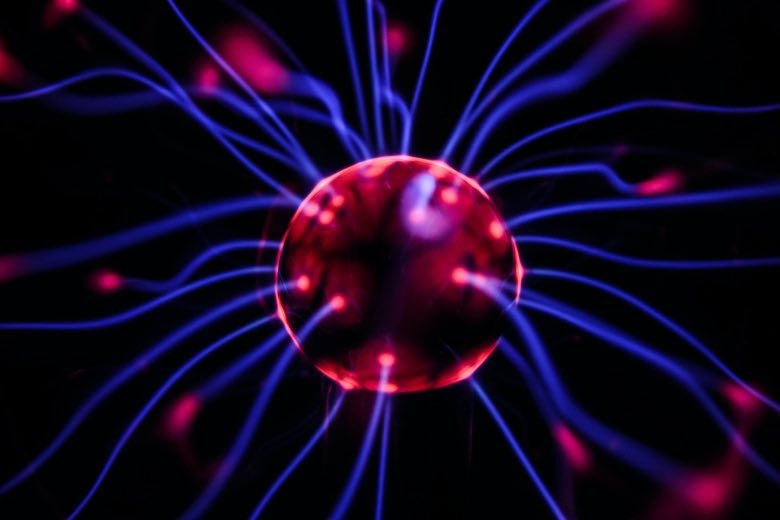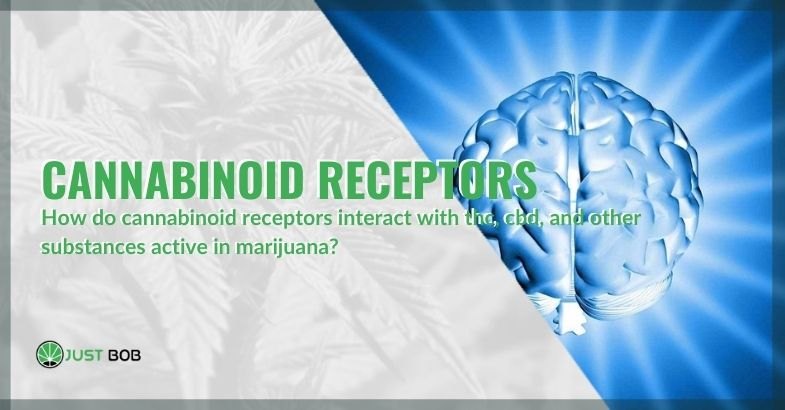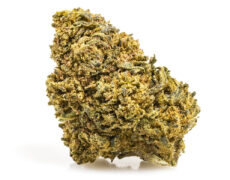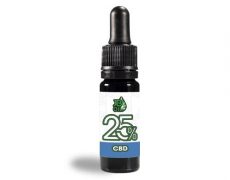Modified on: 05/02/2025
How do cannabinoid receptors interact with thc, cbd, and other substances active in marijuana?
Cannabinoid receptors are part of our body, part of our cannabinoid system. The medical-scientific world has identified two main types of receptors, CB1 and CB2. Both interact with cannabinoids, both external and natural, produced by our bodies.
In fact, because we produce these substances ourselves, we experience particular sensations when we take them from external sources. It is no coincidence that our body reacts in a specific way to the absorption of CBD (present in the CBD flowers), THC and other active cannabis substances!
At this point, you want to know how cannabinoid receptors work and what system they belong to. And today, you have the answer you were looking for!
Start your journey in the endocannabinoid system now.
Endocannabinoid system: the system to which cannabinoid receptors belong
The human endocannabinoid system is composed of endocannabinoids (endogenous cannabinoids produced by our body), cannabinoid receptors and enzymes that synthesize and degrade endocannabinoids.
The most important receptors in the system are CB1 and CB2: the former is distributed mainly in the central nervous system, i.e. brain and spinal cord, while the latter is found especially in the periphery, particularly in the cells of the immune system and in some nerve cells.


Do you want to know more?
Endocannabinoids, cannabinoid receptors and the whole system are so-called because researchers discovered them using cannabis!
CBD, THC and all other cannabinoids of Sativa L. bind to receptors, as do endogenous cannabinoids.
Therefore, the identification of cannabinoid receptors is due to the desire to understand the psychoactive effects of cannabis, and this wish has led to the discovery of the endocannabinoid system that regulates many functions of our body.
Read also: CBD and Drug Tests: Is cannabidiol detected in blood and urine tests?
What functions regulate the endocannabinoid system?
In general, the endocannabinoid system regulates homeostasis, that is, self-regulation and internal stability of our organism, and tries to maintain as stable an environment as possible.
In particular, the functions of cannabinoid receptors, endocannabinoids and enzymes may be on the modulation of:
- Appetite
- Metabolism
- Sleep
- Muscle relaxation
- Digestion
- Immune system
- Memory
- Mood
- Hormones
Therefore, the proper functioning of this system determines our body’s ability to self-regulate, and the absorption of external cannabinoids promotes (or disrupts) our stability.
Ingestion of various cannabinoids can therefore affect the homeostasis of our body.
Interaction of cannabis active ingredients with cannabinoid receptors
The mere fact that the endocannabinoid system owes its name to hemp plants’ cannabinoids should make you think about how much marijuana can affect the functions of our body! And you’ve undoubtedly already thought about it (but you probably want more details).
Be aware that cannabinoids, primarily THC and CBD — the first found in illegal marijuana and the latter in legal cannabis — quickly bind to CB1 and CB2 receptors.
It mainly affects the ability of endocannabinoids to bind to receptors and thus the regulation of the main functions of our body.
It means that the introduction of THC and CBD into our body can cause negative and positive imbalances.
Effects of THC binding to cannabinoid receptors
THC (tetrahydrocannabinol) binds to CB1 and CB2 receptors and produces psychoactive effects.
Here is in particular how THC can affect our psyche and body as long as it is in the circulation of the body:
- slows down reflexes and movements
- affects short-term memory and prevents you from remembering things that just happened
- gives euphoria and happiness
- relaxes your mind and body
- increases creativity
- regulates the immune system’s reaction
- rises the heart rate
- causes dry eyes and mouth
- has pain and anti-inflammatory effects (e.g. CBD oil)
- causes munchies – that irrepressible desire to eat (especially fatty foods)
- can cause anxiety, depression, and panic attacks
- can create some addiction to its effects


THC can also affect cognitive functions, especially in adolescence.
Take the link between CBD and cannabinoid receptors.
CBD and cannabinoid receptors: here are the effects of their interaction
CBD (cannabidiol) also binds to CB1 and CB2, and its absorption produces results mainly related to the body and immune system.
Here are a few:
- Pain inhibition
- Inflammation suppression, even at the neurological level
- Relives nausea and vomiting due to its antiemetic properties
- Immune system regulation, often with immunosuppressive effects
- Muscle spatiality inhibition by stretching muscles
- Antihypertensive effects
- Anxiety reduction
- Relaxation and sleep
- Seizures inhibition
- Antipsychotic properties, so suppresses the action of psychoactive substances (including THC)
As side effects, it can cause diarrhea, drowsiness and severe fatigue (these are beneficial effects for those suffering from sleep disorders).
Read also: News cannabis: Germany goes towards legalization for recreational use
Conclusion
You now know what cannabinoid receptors are, their role and how to interact with the essential cannabinoids of marijuana, THC, and CBD.
As you have read, THC has psychotic and often adverse effects and is present in large quantities in illegal cannabis. On the other hand, CBD is purely positive and occurs in large amounts in legal cannabis, also known as legal weed.
Did you know that CBD weed can be purchased online in particular stores?
Discover the offered volume discounts on our online CBD flower shop: Justbob. We’re waiting for you!









